SANJA IVEKOVIĆ’: SWEET VIOLENCE – MOMA
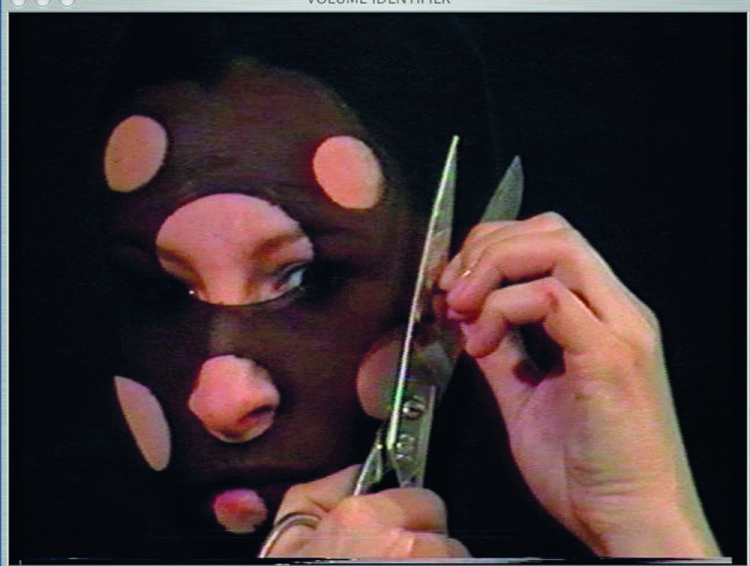
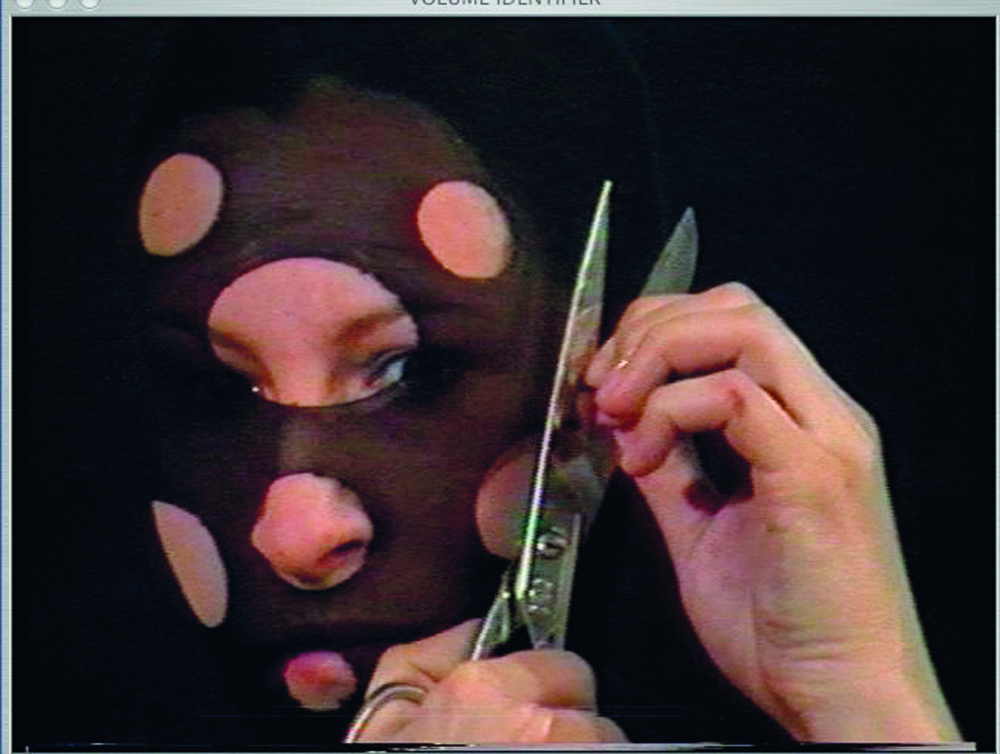
Sanja Iveković: Sweet Violence
December 18, 2011–March 26, 2012
Public Information: The Museum of Modern Art, 11 West 53 Street, New York, NY 10019, (212) 708-9400, MoMA.org
Hours: Wednesday through Monday, 10:30 a.m.–5:30 p.m. Friday, 10:30 a.m.–8:00 p.m. Closed Tuesday
MoMA PRESENTS FIRST U.S. RETROSPECTIVE OF THE WORK OF SANJA IVEKOVIĆ
Exhibition Includes Over 100 Works by the Feminist, Activist, and Video and Performance Pioneer
Sanja Iveković: Sweet Violence
December 18, 2011–March 26, 2012 Special Exhibitions Gallery, third floor The Donald B. and Catherine C. Marron Atrium, second floor
Press Preview: Tuesday, December 13, 10:00 a.m. to 12:30 p.m. Remarks at 11:30 a.m.
A special performance of Practice Makes a Master will take place at noon.
Invitations to follow.
NEW YORK, November 14, 2011—The Museum of Modern Art presents Sanja Iveković: Sweet Violence, the first retrospective in the United States of the artist’s work, from December 18, 2011, to March 26, 2012. The exhibition covers four decades of Iveković’s audacious work as feminist, activist, and video and performance pioneer. Iveković (b. 1949, Zagreb) came of age in the post– 1968 period, at a time when artists broke free from mainstream institutional settings, laying ground for a form of opposition to official culture. In the 1970s Iveković probed the persuasive qualities of mass media and its identity-forging potential, and after 1990—with the fall of the Berlin Wall, the disintegration of Yugoslavia, and the birth of a new nation—she focused on the transformation of reality from communist to post-communist political systems. Iveković’s work offers a view into the politics of power, gender roles, and the paradoxes inherent in society’s collective memory. The exhibition is organized by Roxana Marcoci, Curator, Department of Photography, The Museum of Modern Art.
The exhibition includes over 100 works, presenting the full range of the artist’s practice in all mediums—from conceptual photomontage to video, social sculpture, performance, and drawing. The artist’s monumental sculptural installation Lady Rosa of Luxembourg (2001) will be featured in The Donald B. and Catherine C. Marron Atrium on the second floor. The works presented in the exhibition’s third-floor galleries include a group of single-channel videos that the Museum has recently acquired, including Sweet Violence (1974), Instructions No. 1 (1976), Make Up – Make Down (1978), Personal Cuts (1982), Practice Makes a Master (1982), and General Alert (Soap Opera) (1995), as well as a selection of photomontages from Iveković’s celebrated series Double Life (1975– 76). Additionally, the artist’s performance piece Practice Makes a Master (1982) will be reenacted on three occasions prior to the opening of the exhibition.
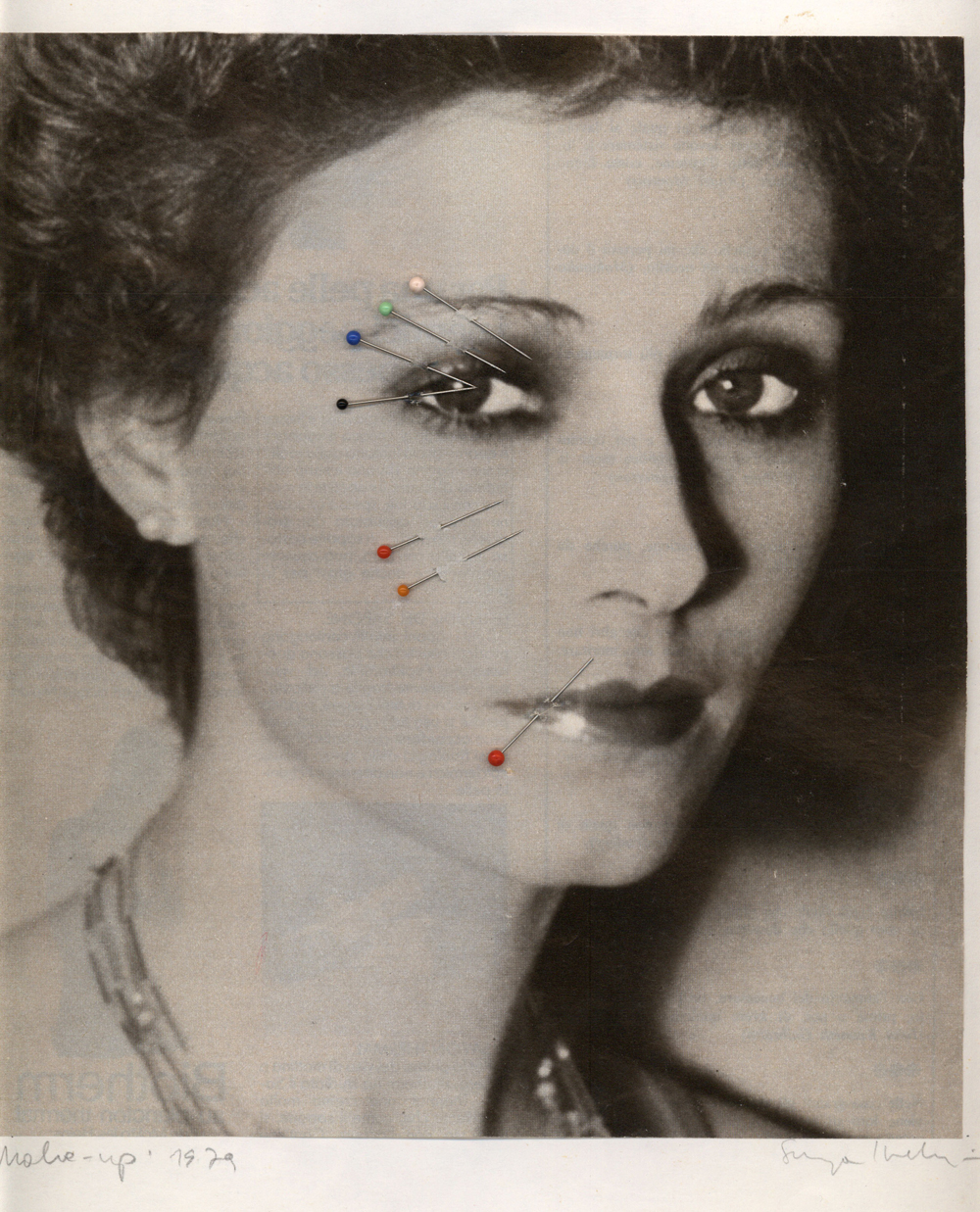
Sweet Violence, the work that gives this exhibition its title, is among Iveković’s first forays into video. It addresses the corrosive effect of media culture under the state doctrine known as the Third Way, a political experiment that took place in the 1970s, during Marshall Tito’s rule, which was defined by an idiosyncratic mix of socialist revolution and free-market economics, all steeped in propaganda. Iveković superimposed black bars on a television monitor and then taped one of the daily broadcasts of Zagreb’s Economic Propaganda Program. With this simple intervention, she visually disconnected viewers from the ―sweet violence‖ of media seduction, an act of voluntary distancing in examining the way images circulate in everyday life, and the mythologies that lurk beneath their surfaces.
The exhibition also features Iveković’s celebrated series of photomontages Double Life, in which the artist juxtaposed pictures of herself culled from her private albums with ads clipped from the pages of women’s lifestyle magazines, such as Anna Bella, Brigitte, Duga, Elle, and Svijet, matching the images on the basis of similarities in gesture, situation, props, and location. All images are dated and include a note on the situation and persons portrayed, making clear that Iveković was not simply mimicking media constructs of femininity but was, in fact, was predating them–since most of her self-portraits were taken well before those in the ads to which they are compared. This ―retroactive perspective‖ sets Double Life apart from similar self-transformations in other artists’ works at the time, and it announces the feminist shifts that have been at play in contemporary art since the early 1970s.
Other highlights include Iveković’s piece Triangle, performed as an act of political defiance in 1979 on the balcony of her apartment during one of Marshall Tito’s official visits to Zagreb. During the festivities, the artist came dressed in an American T-shirt to her balcony, which overlooked the street along which the presidential motorcade slowly advanced, and sat in a chair with a glass of Ballantine’s whiskey, cigarettes, and some foreign books, props she selected as ―utopian signifiers‖ of an alternative, Western society. While she read Tom Bottomore’s Elites and Society, a 1964 sociological study of power relationships in modern society, she also pretended to masturbate, knowing that she was being watched by an agent of the Communist secret police atop Hotel Intercontinental across the street. The titular triangle completed itself when, 18 minutes into the performance, a policeman rang her doorbell commanding ―people and objects be removed from the balcony.‖ The piece is represented in the exhibition by a suite of photographs and text.
The most memorable of Iveković’s public art projects, Lady Rosa of Luxembourg (2001), is installed in The Donald B. and Catherine C. Marron Atrium on the second floor, with documentation of its original public presentation and critical reception. When the artist was invited to participate in Manifesta 2, in 1998, in Luxembourg, she proposed removing the gilded, larger- than-life neoclassical Nike (the allegorical female figure of Victory) from the war memorial known as Gëlle Fra (Golden Lady) in Constitution Square to the premises of a shelter for abused women. Iveković’s proposal was deemed controversial and remained unrealized. Three years later, however, she was invited back to rethink her proposal. It was then that she created Lady Rosa of Luxembourg, a same-size replica of the Gëlle Fra monument featuring three critical interventions: the new monument was dedicated to the Marxist philosopher and activist Rosa Luxemburg, who was executed for her radical political ideas in 1919; Nike, a purely allegorical figure, denied of historical agency, was turned into a visibly pregnant woman; and the original commemorative plaque honoring male heroism was replaced with texts in French, German, and English, reading, “LA RÉSISTANCE, LA JUSTICE, LA LIBERTÉ, L’INDÉPENDENCE” ; “KITSCH, KULTUR, KAPITAL, KUNST”; and “WHORE, BITCH, MADONNA, VIRGIN”. Lady Rosa of Luxembourg provoked a fierce debate that played out in newspaper headlines and on television shows. The most violent opposition focused not on the pregnant figure but on the plaque, which displaced the ideals of male bravery with abusive terms regularly used to describe women.
The artist’s 18-minute performance piece Practice Makes a Master (1982), a compelling study of the rehearsal of violence, will be reenacted by dancer Sonja Pregrad on December 12, 14, and 15 (see below for details). A video of the performance will be presented in the third-floor galleries.
Sanja Iveković: Sweet Violence makes a major contribution to the reevaluation of significant women artists and the discursive relationship between art and social change in the contemporary world. Iveković is an influential artist whose work has been featured in major international exhibitions including Manifesta 2 (1998), Documenta 11 (2002), Documenta 12 (2007), and the 8th Gwangju Biennale (2010), among others. Recent mid-career retrospectives of her work include Sanja Iveković: Urgent Matters (Van Abbemuseum, Eindhoven, and Basis voor Actuele Kunst, Utrecht, 2009), and Sanja Iveković: Practice Makes the Master (Muzeum Sztuki, Łodz, 2009).
SPONSORSHIP:
The exhibition is made possible by MoMA’s Wallis Annenberg Fund for Innovation in Contemporary Art through the Annenberg Foundation.
Major support is provided by The Modern Women’s Fund, established by Sarah Peter, and by The Andy Warhol Foundation for the Visual Arts.
Additional funding is provided by David Teiger, The International Council of The Museum of Modern Art, Trust for Mutual Understanding, and The Junior Associates of The Museum of Modern Art.
PUBLICATION::
Sanja Iveković: Sweet Violence is accompanied by a major publication that weaves together art- historical analysis and political theory. Essays by curator Roxana Marcoci and literary critic Terry Eagleton offer a critical examination of the neo-avant-garde in the former Yugoslavia and provide a philosophical context for investigating urgent issues such as women’s rights, political activism, and collaborative strategies in art.
PERFORMANCE:
Sanja Iveković’s 18-minute performance piece Practice Makes a Master (1982), a compelling study of the rehearsal of violence, will be reenacted by dancer Sonja Pregrad on the following days:
Monday, December 12, 8:00 p.m.
Wednesday, December 14, 5:00 p.m.
Thursday, December 15, 7:00 p.m.
All performances are in Classroom B in The Lewis B. and Dorothy Cullman Education and Research
Building, 4 West 54 Street. Tickets are free of charge and can be obtained starting November 12
at the lobby information desk, at the film desk, or online.
PUBLIC PROGRAM:
Sanja Iveković: Sweet Violence Panel Discussion Monday December 12, 2011, 6:00 p.m.
Tickets ($10; $8 members and Corporate Members; $5 students, seniors, and staff of other museums) can be purchased
WEBSITE:
The exhibition will be accompanied by a website that features an in-depth presentation of Lady Rosa of Luxembourg as it was originally installed in Luxembourg in 2001 and the controversy around it.
Users will be able to zoom in on various newspaper articles and download essays written in response
to and about the piece. The site also features texts and images of a selection of works in the exhibition. The site, MoMA.org/sanjaivekovic, will launch on December 18, 2011.
Position the cursor on the images to view captions, click on images to enlarge them.
Posizionare il cursore sulle immagini per leggere le didascalie; cliccare sulle immagini per ingrandirle.
WALL TEXT: Introduction
This is the first retrospective in the United States of the work of Sanja Iveković, groundbreaking feminist, activist, and video and performance art pioneer. Iveković (born Zagreb, 1949) came of age in the former Yugoslavia in the post-1968 period, in which artists were breaking free from institutional settings, forming, in opposition to official modernist culture, an alternative movement known as the New Art Practice. Iveković’s work engages with a range of subjects, from the ―sweet violence‖ perpetrated by the mass media in the 1970s to the transformation from Communist to post- Communist political systems in East Central Europe after the Berlin Wall fell in 1989, to the disregard for women’s rights that today pervades both transitional societies and democracies that pretend otherwise.
Addressing such complex matters in a variety of mediums, the artist has continually challenged the status quo and the politics of power. Among the works in the exhibition, her celebrated series of photomontages Double Life (1975–76), juxtaposing personal pictures of the artist with advertisements from women’s lifestyle magazines, addresses the media’s role in identity formation. Her performance Triangle (1979) is a response to political cults of the leader and systems of political surveillance, and Personal Cuts (1982), a single-channel video, constructs a counternarrative to the official history of Yugoslavia. Practice Makes a Master (1982) is a compelling study in the rehearsal of violence, and Women’s House (Sunglasses), an ongoing work begun in 2002, splices short texts about the living conditions of battered women into advertisements for well-known brands of sunglasses, taken from fashion magazines.
Iveković’s installation Lady Rosa of Luxembourg (2001) takes center stage in the Donald B. and Catherine C. Marron Atrium, along with documentation of its original public presentation and critical reception. Fusing historical inquiry with feminist politics, Lady Rosa of Luxembourg, like so many of Iveković’s works, adopts a generative approach to historical memory. Drawing on a remarkable forty- year artistic practice, this exhibition presents Iveković’s unflinching view of gender roles, the official politics of power, and historical forgetting prompted by changes in national ideology.
The exhibition is organized by Roxana Marcoci, Curator, Department of Photography.
The exhibition is made possible by MoMA’s Wallis Annenberg Fund for Innovation in Contemporary Art through the Annenberg Foundation.
Major support is provided by The Modern Women’s Fund and by The Andy Warhol Foundation for the Visual Arts.
Additional funding is provided by David Teiger, The International Council of The Museum of Modern Art, Trust for Mutual Understanding, and The Junior Associates of The Museum of Modern Art.
For more information about the artist’s practice, please visit MoMA.org/sanjaivekovic.

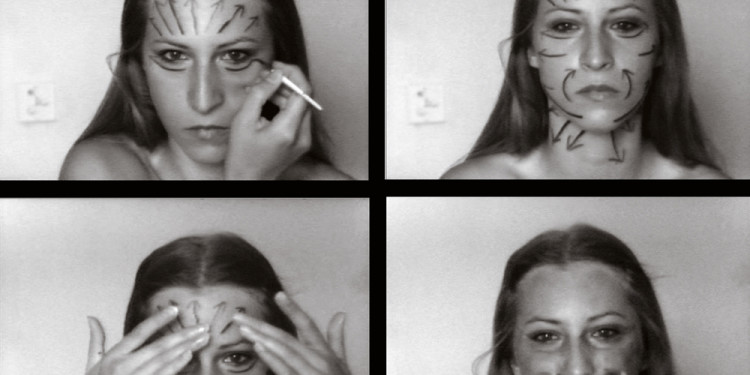
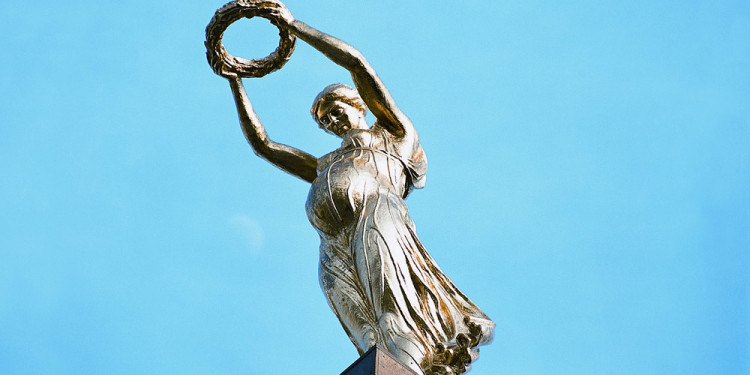
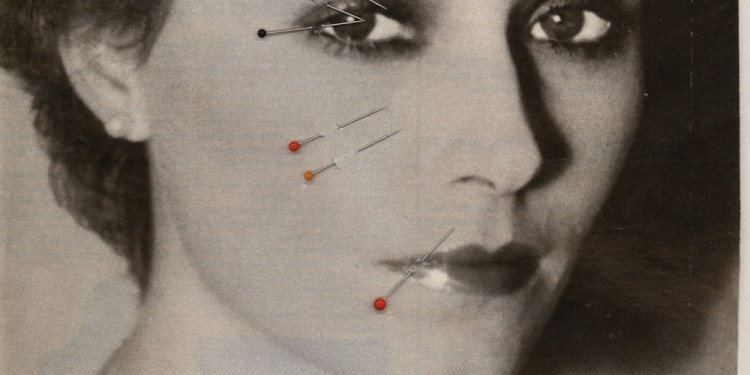
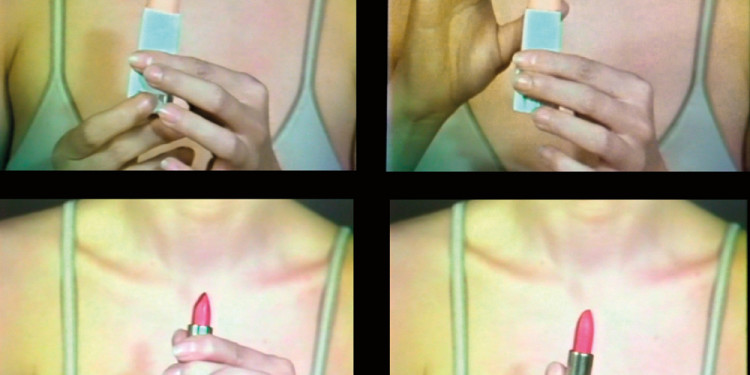
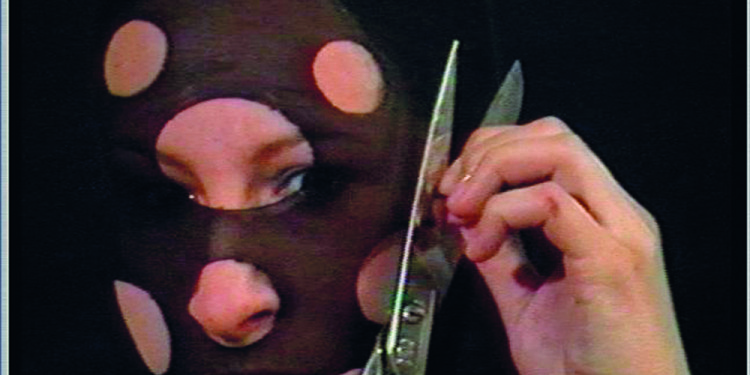
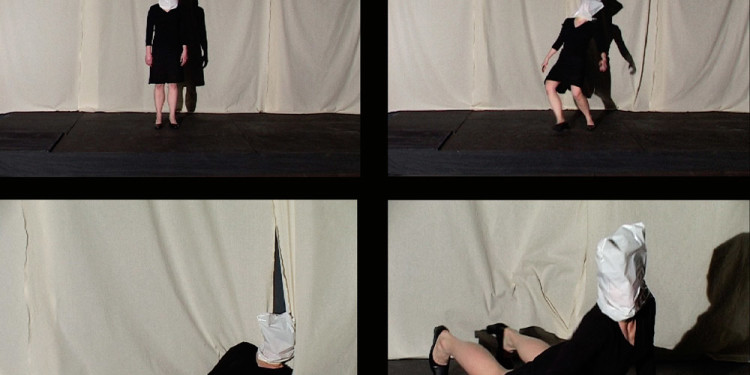

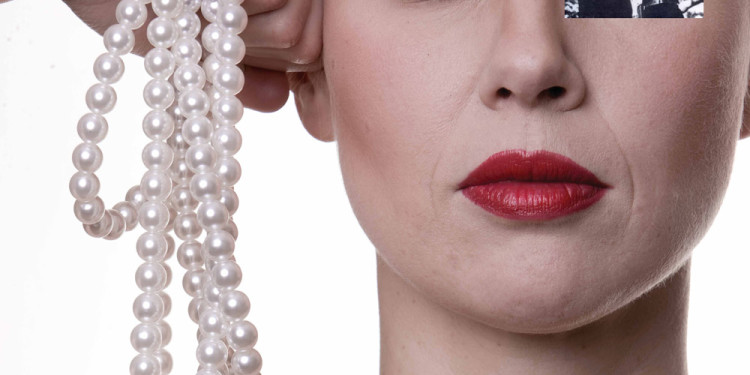
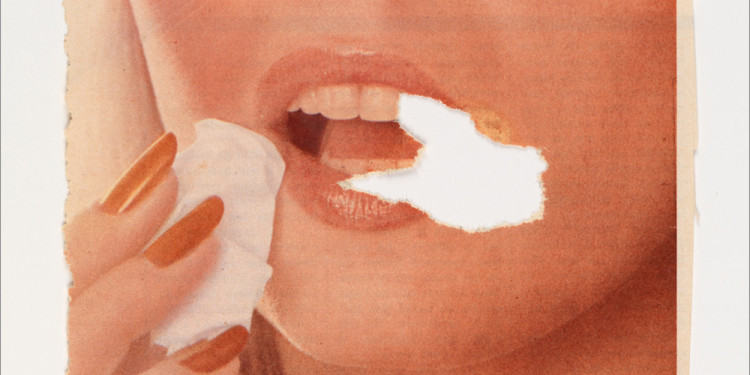
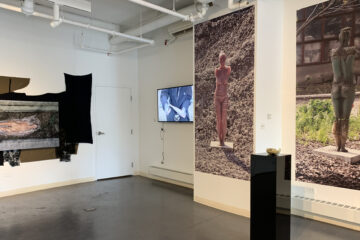
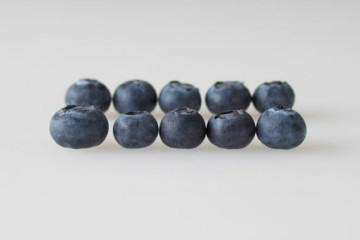

No Comment